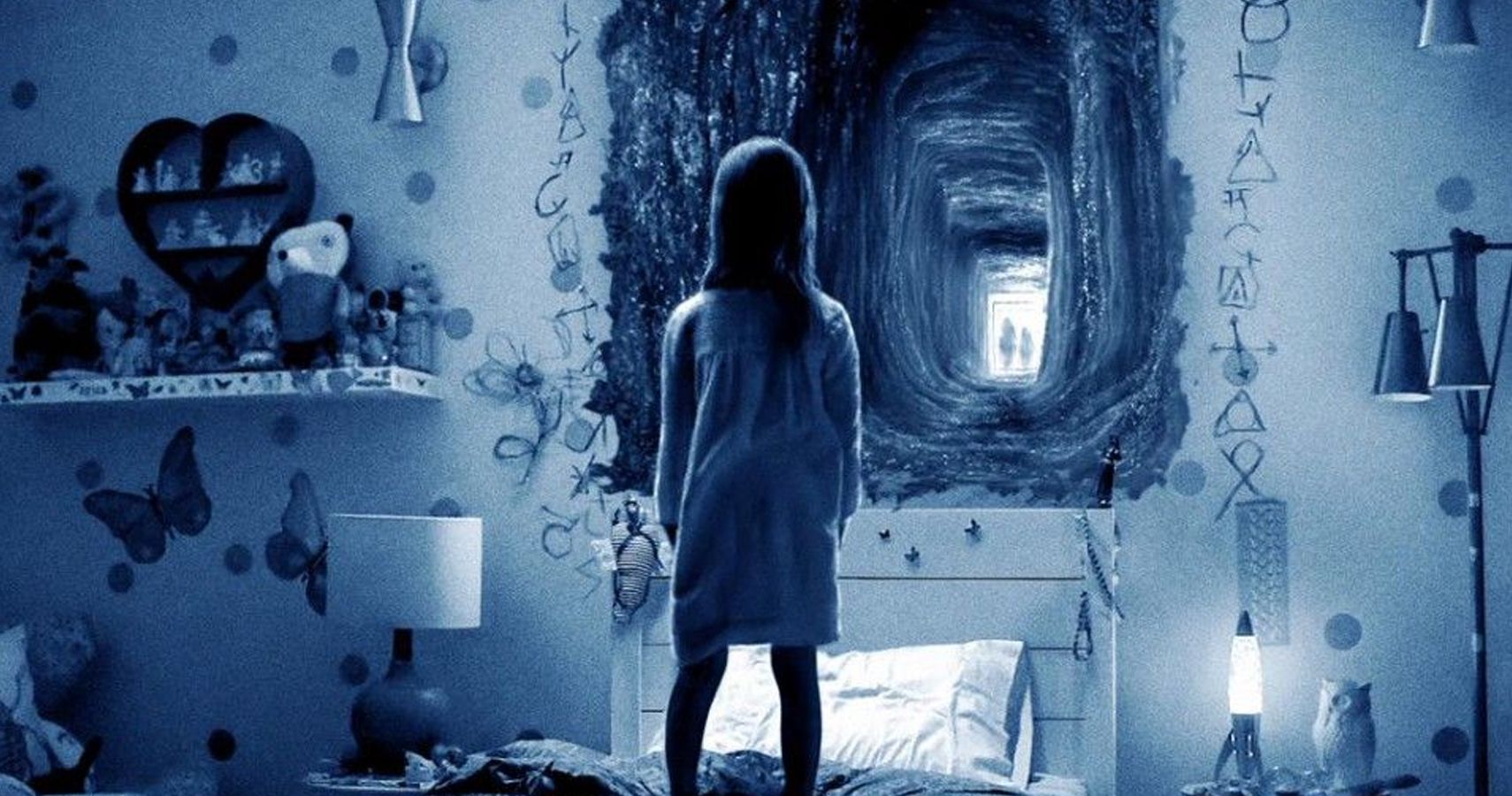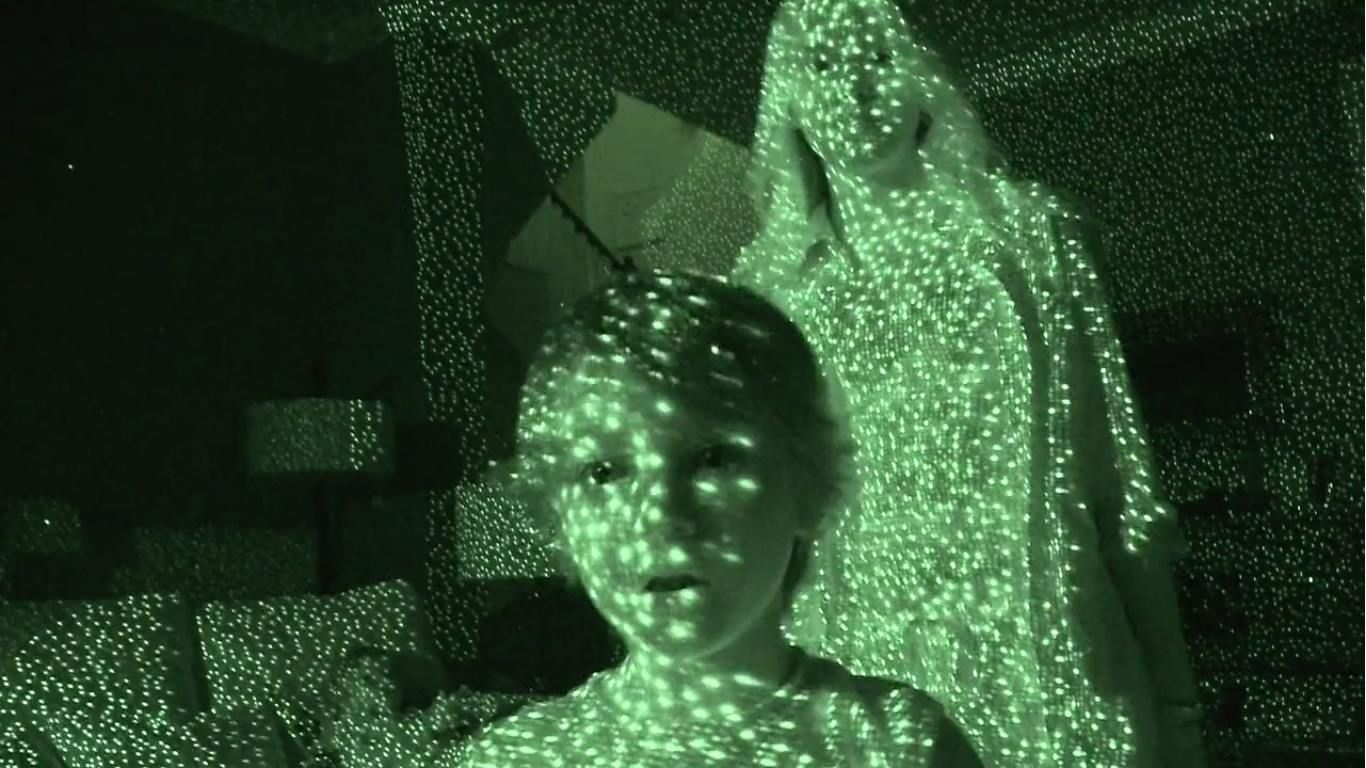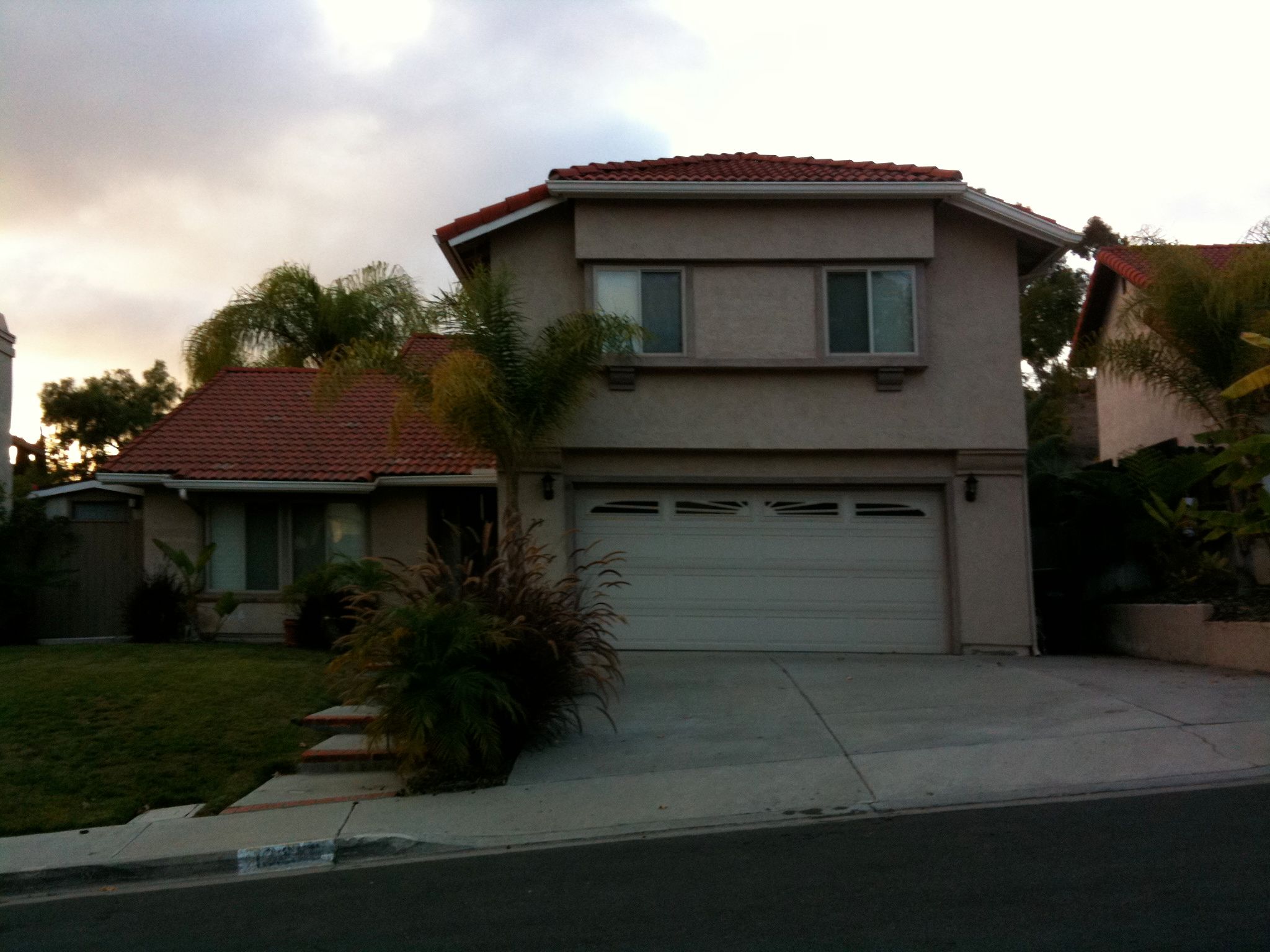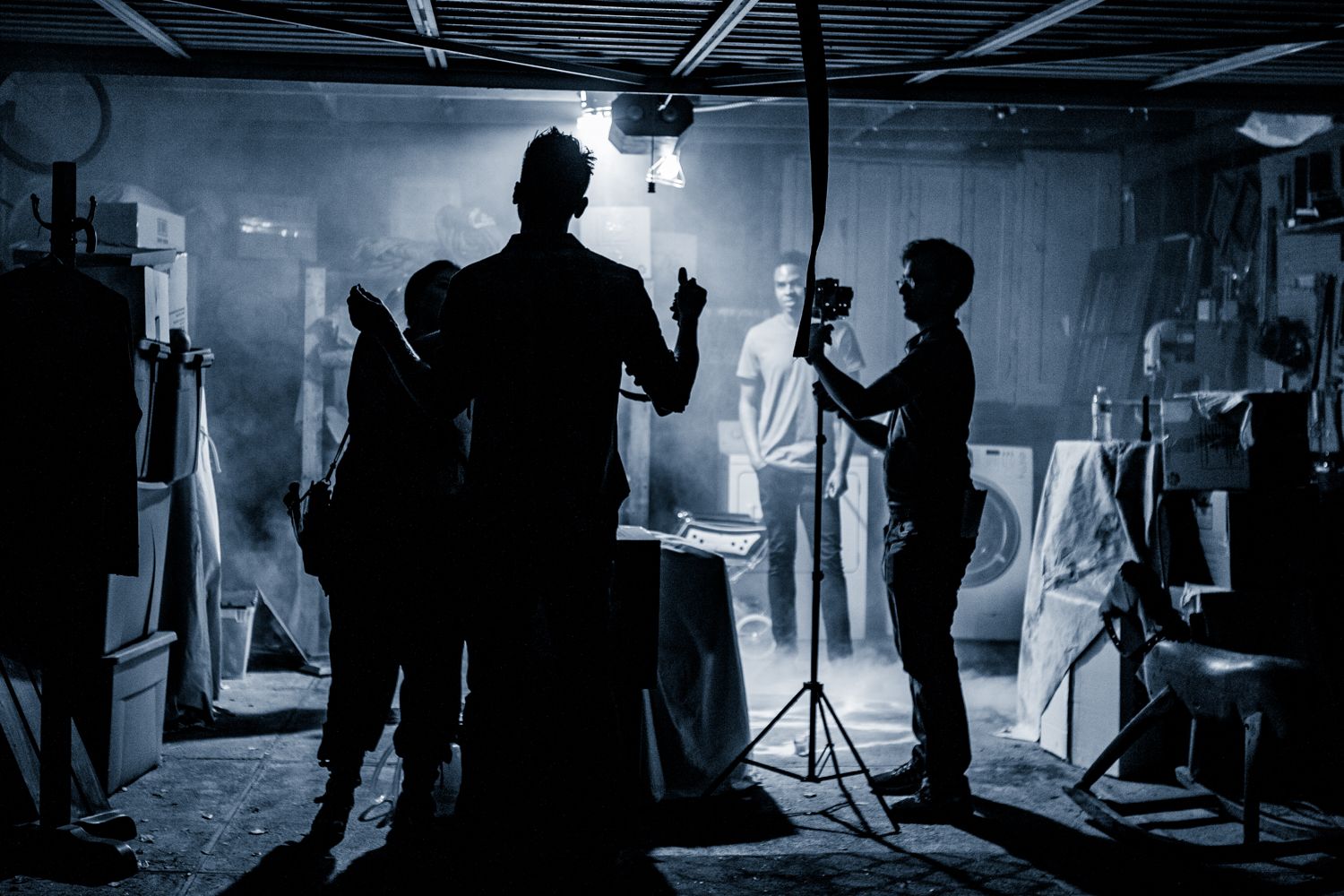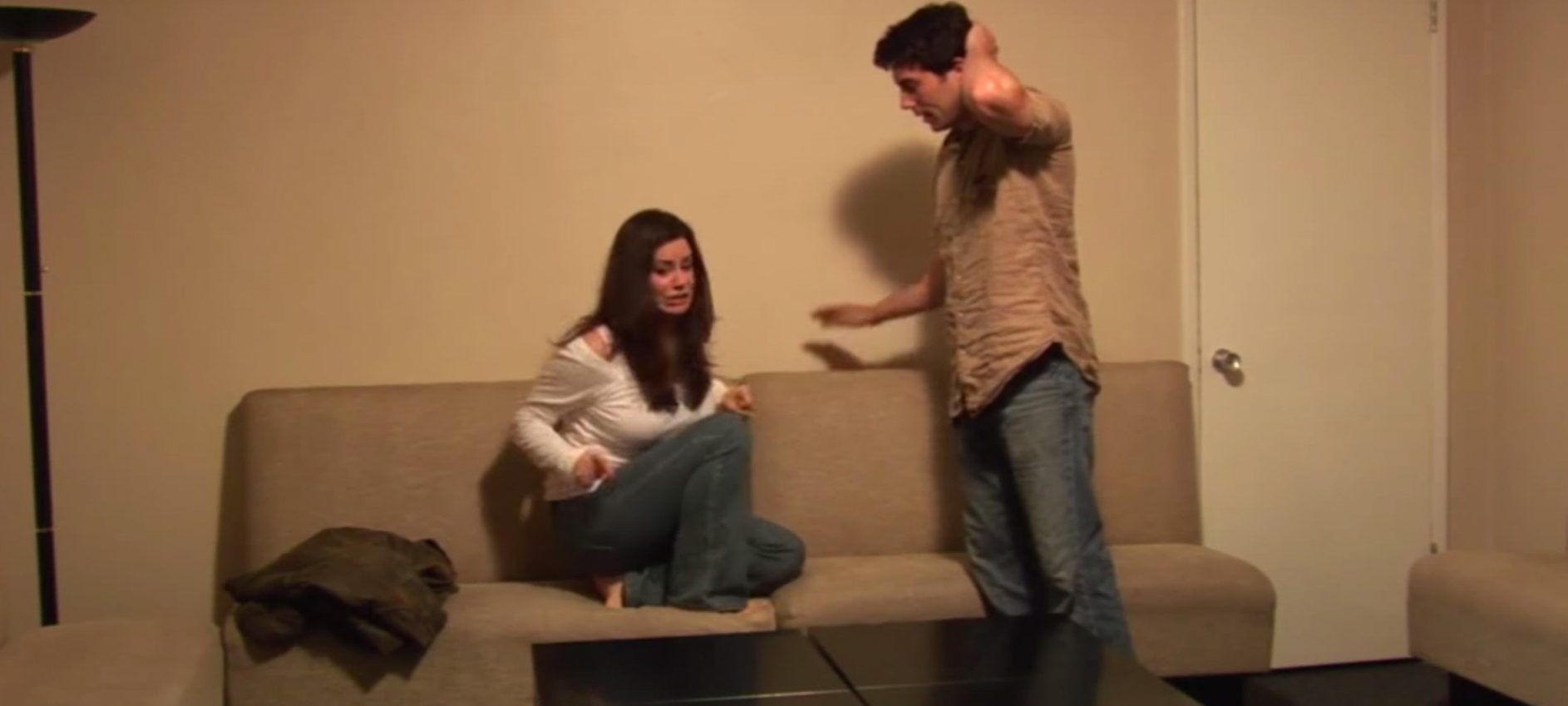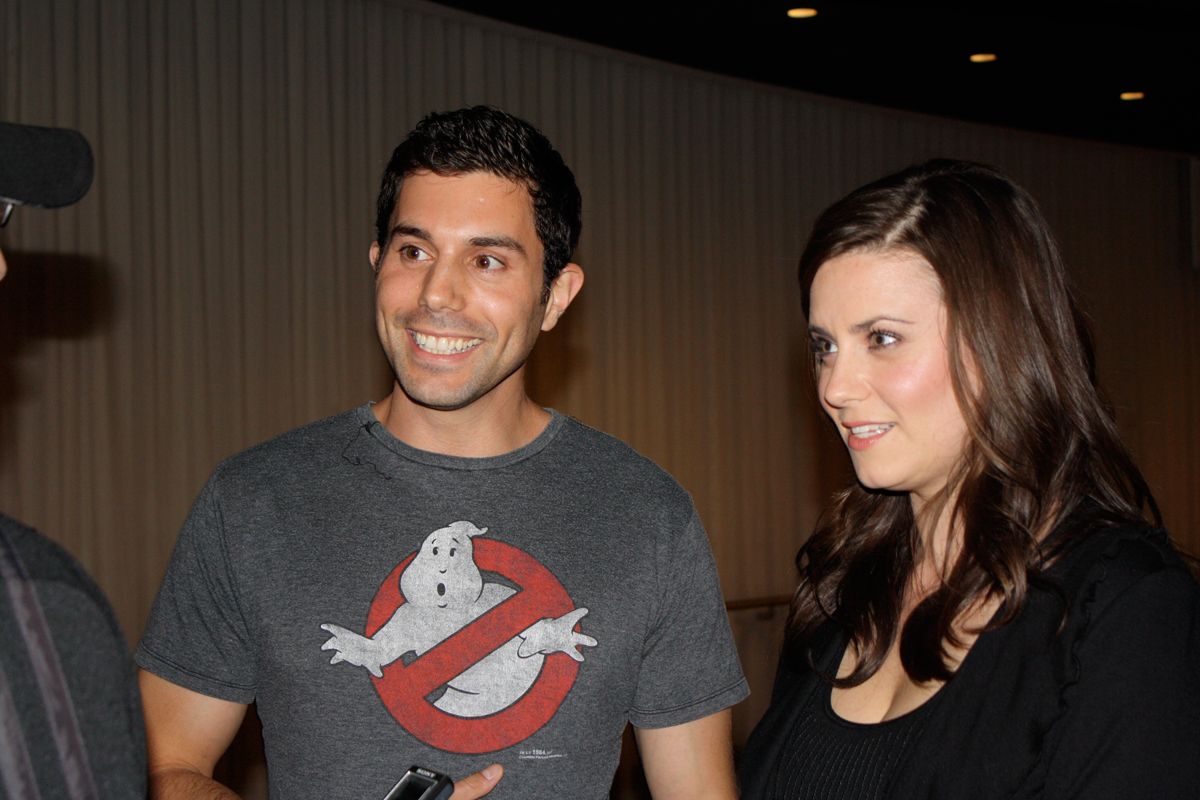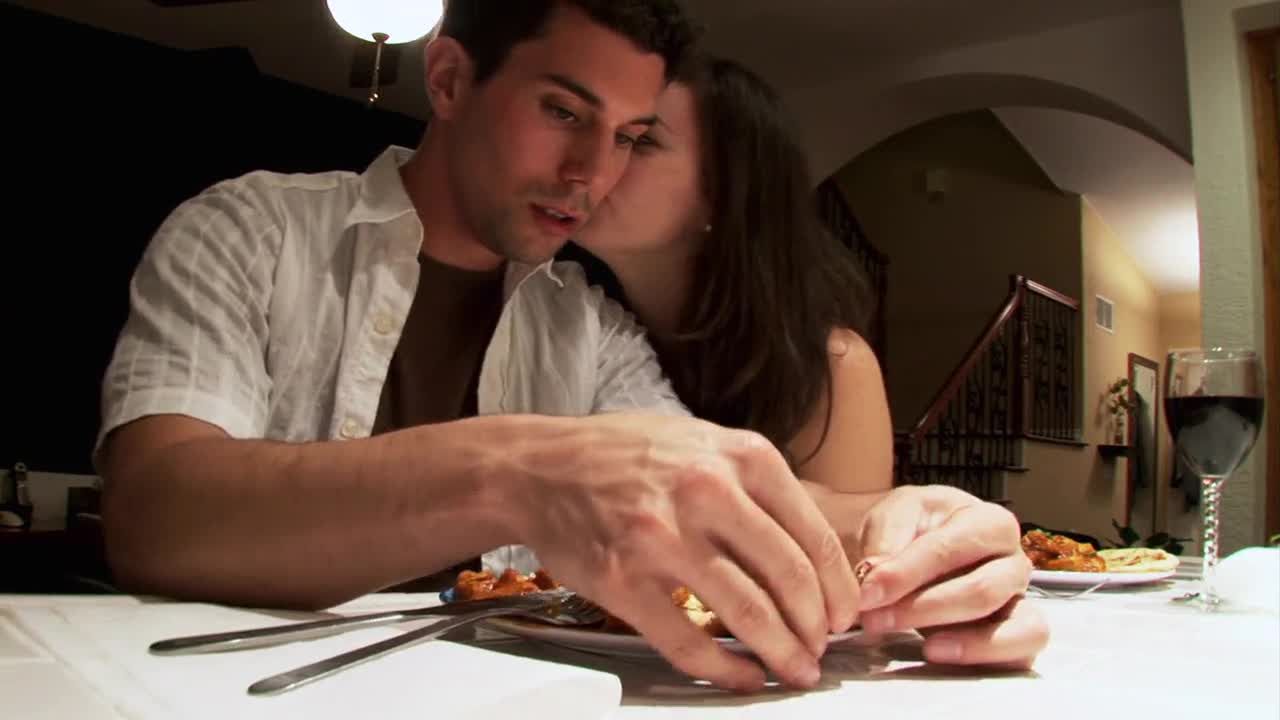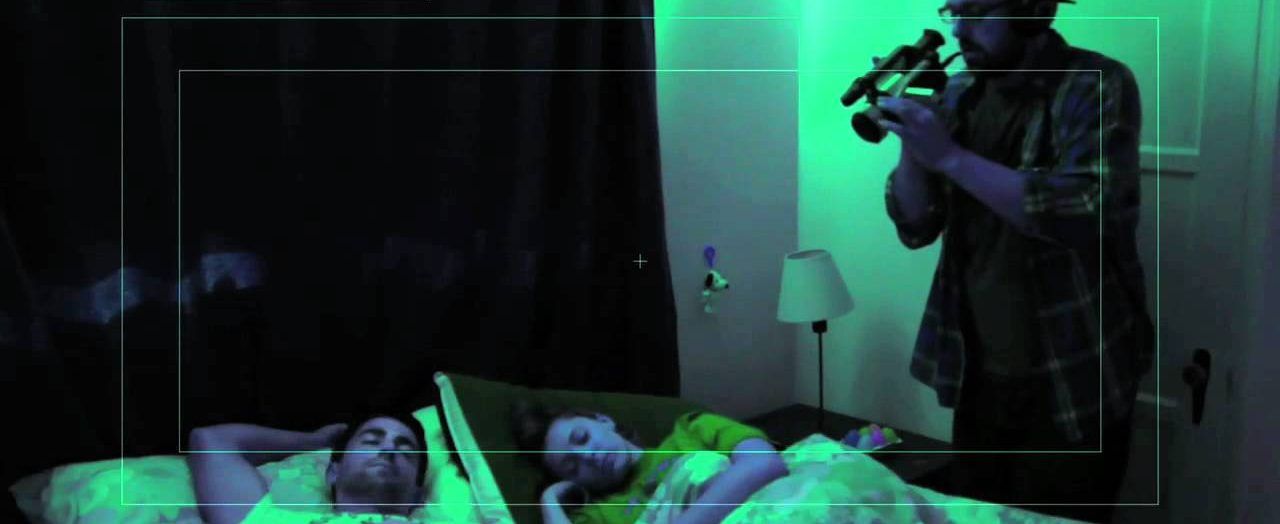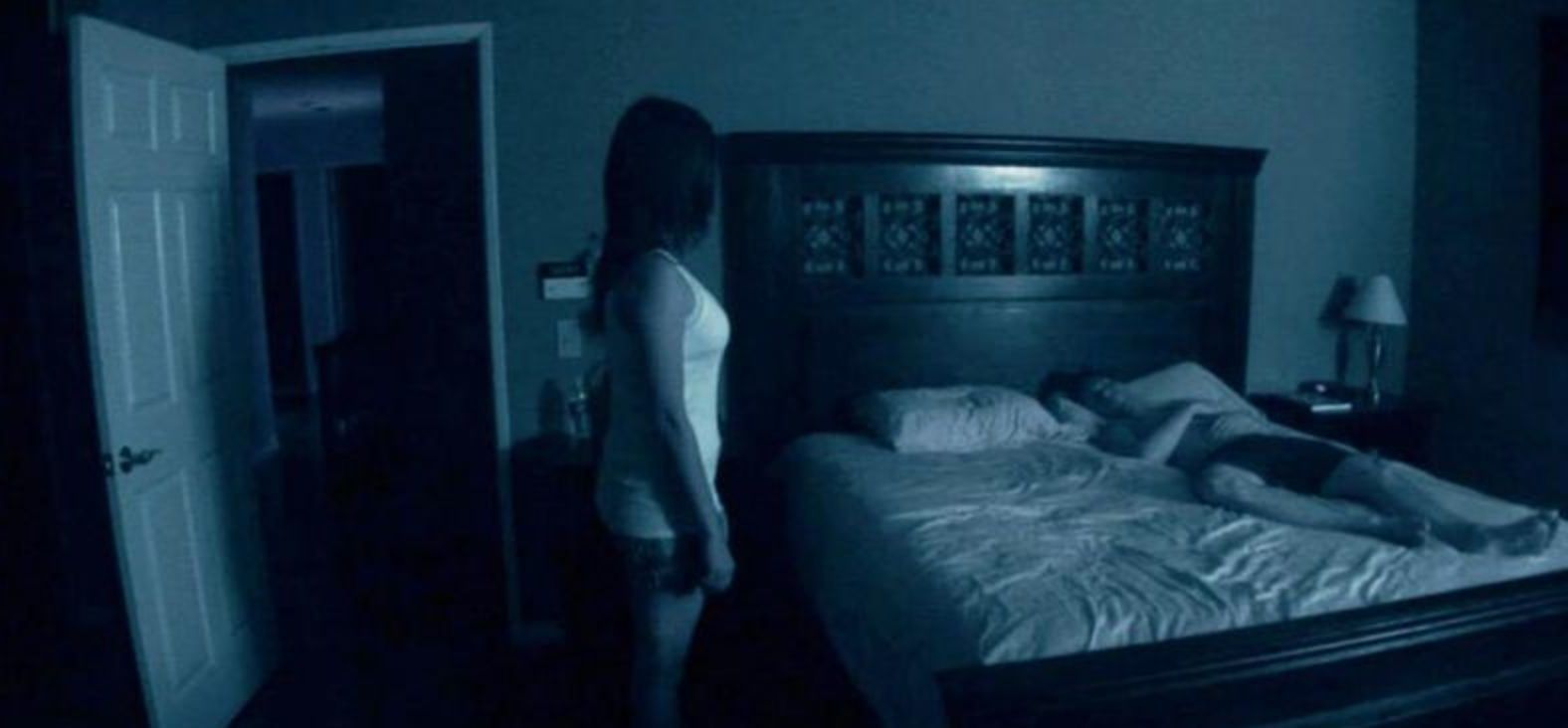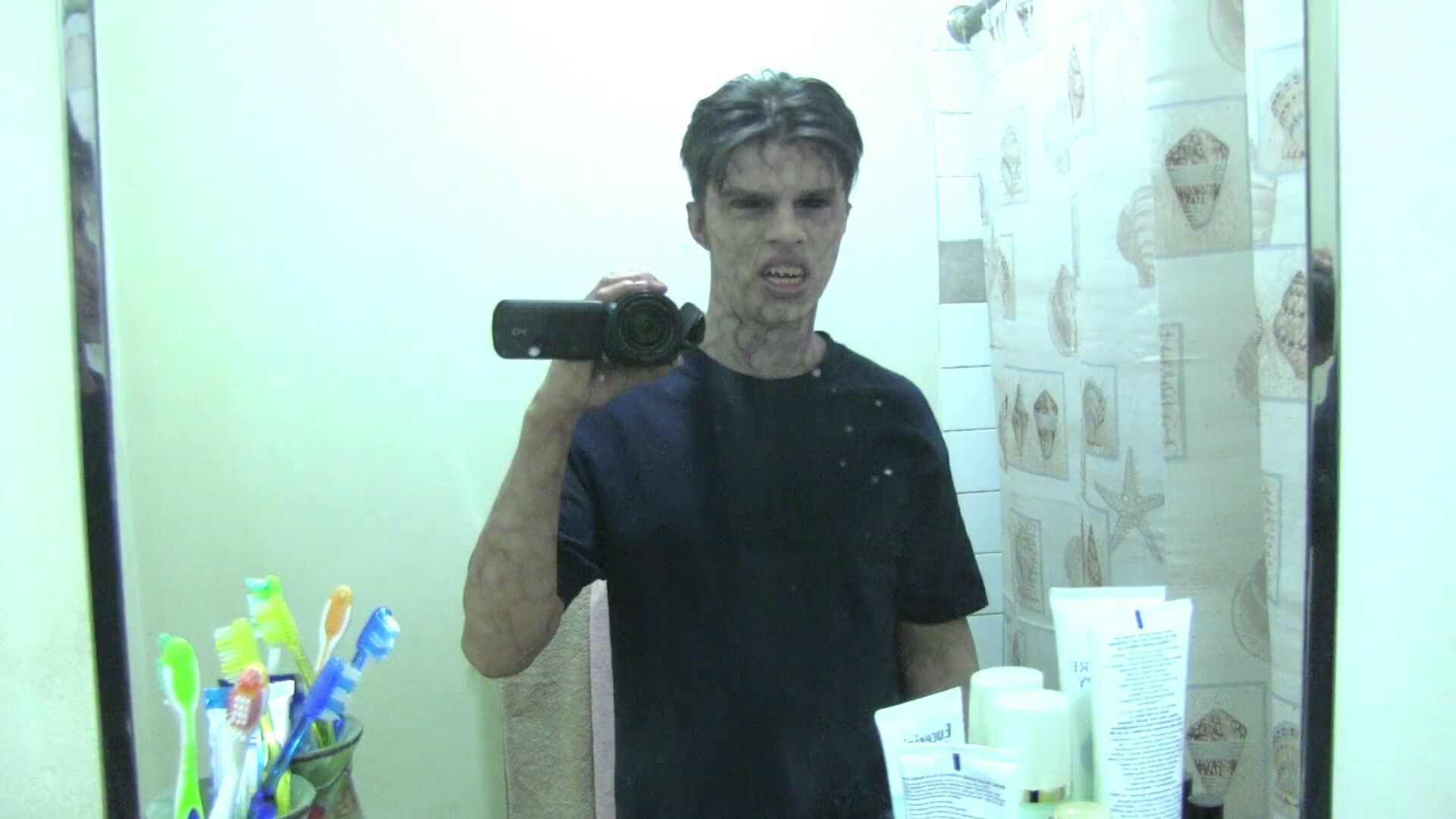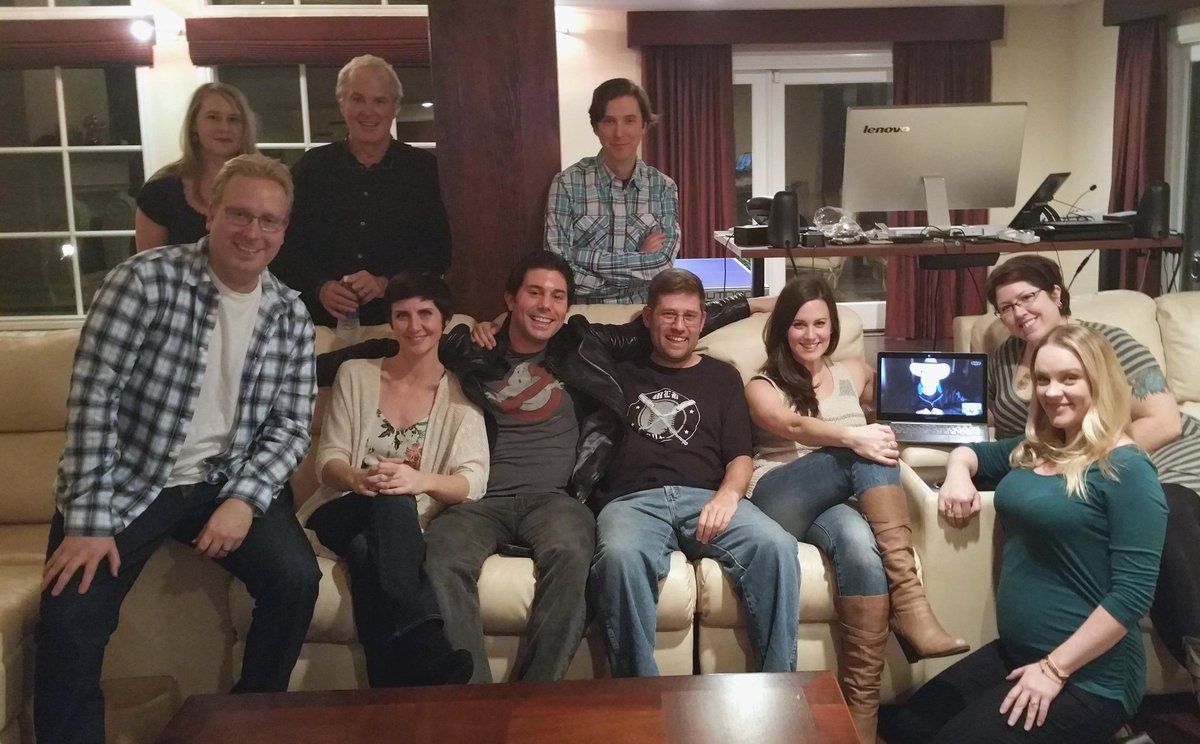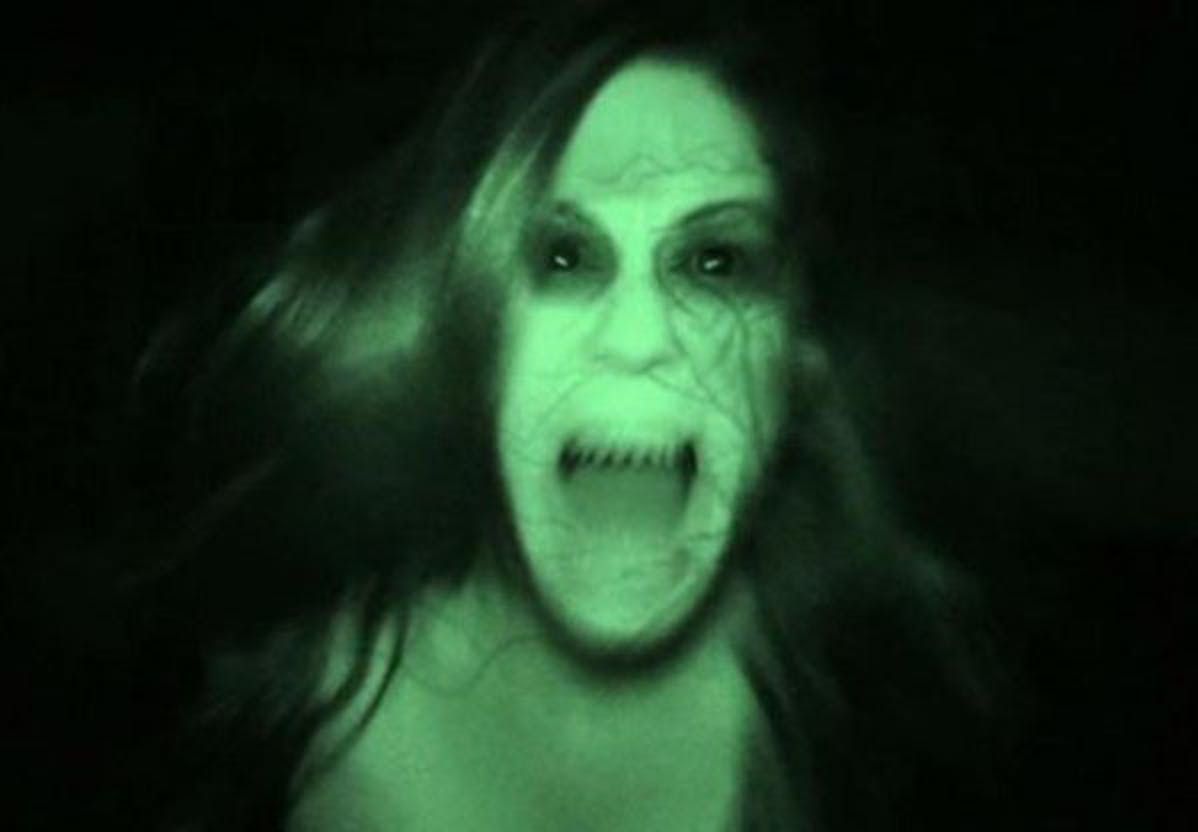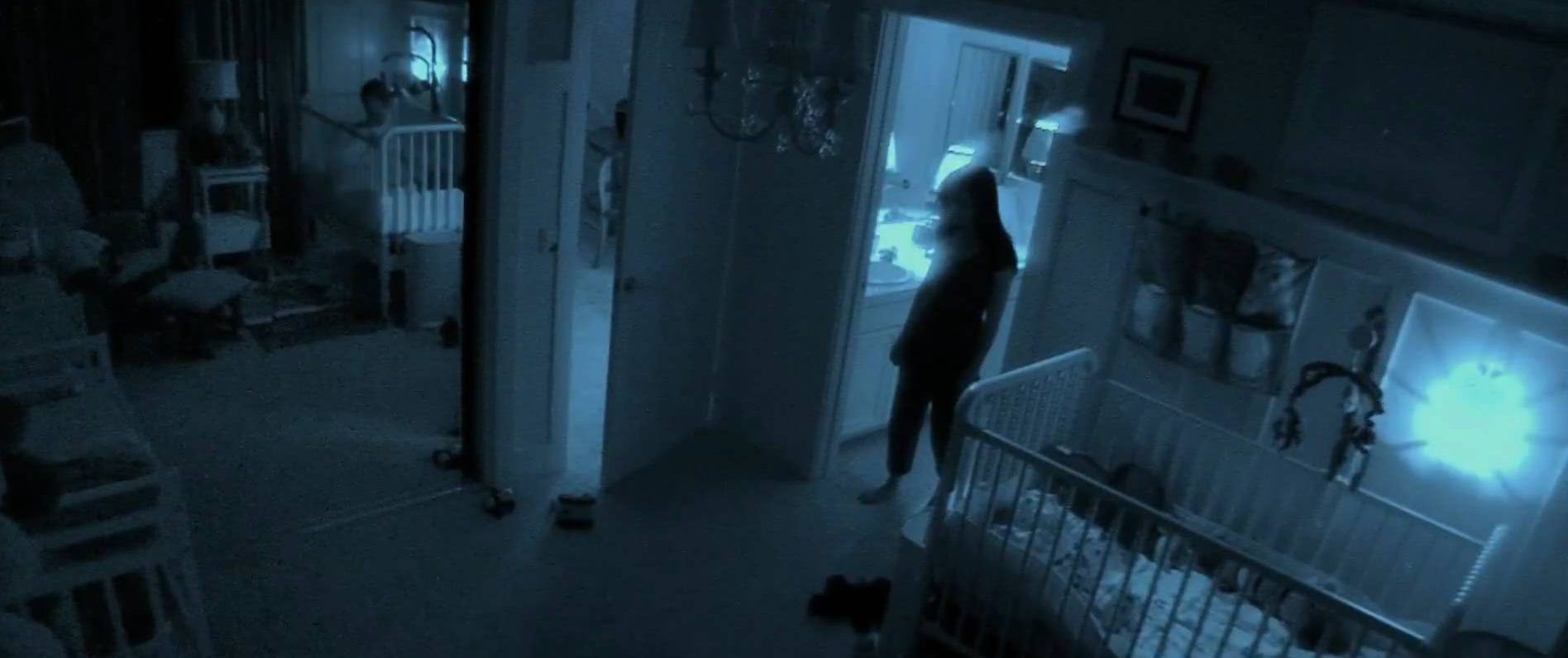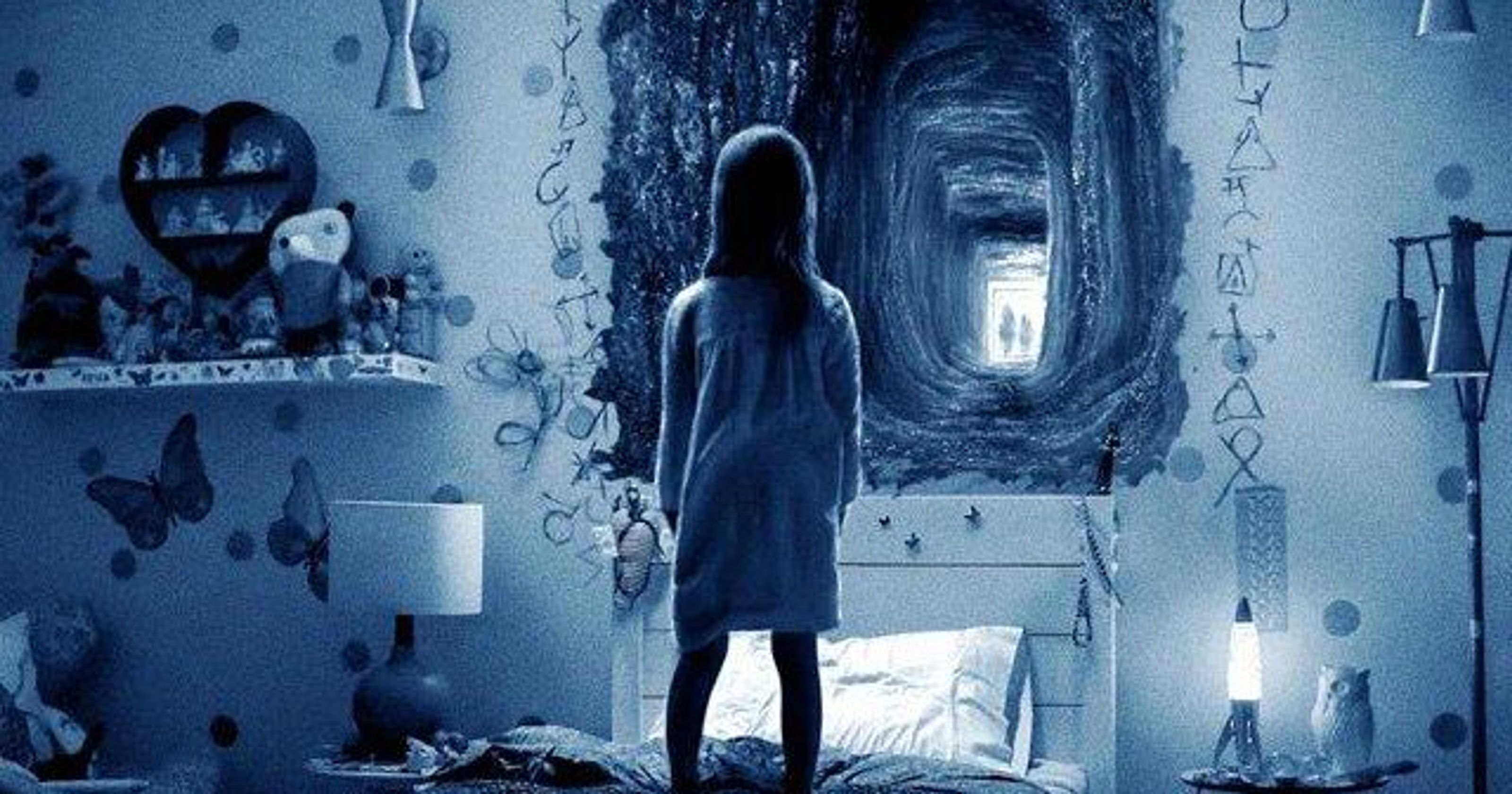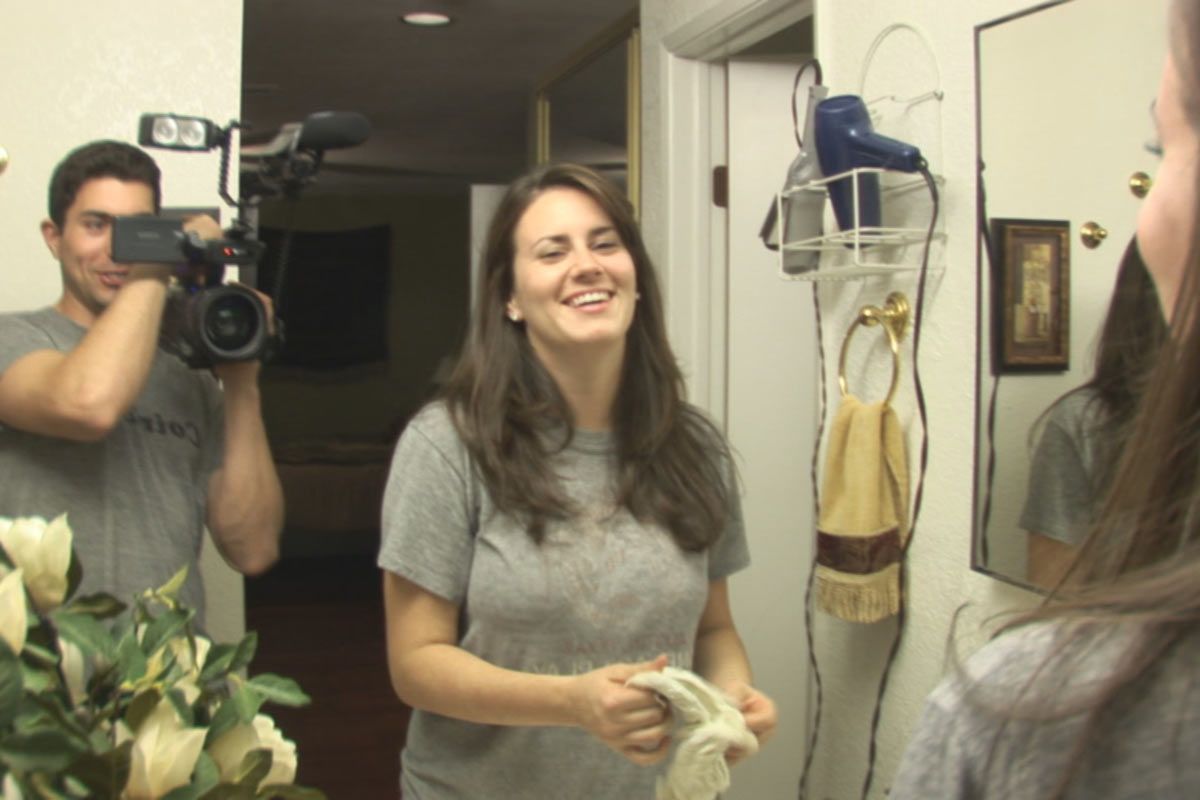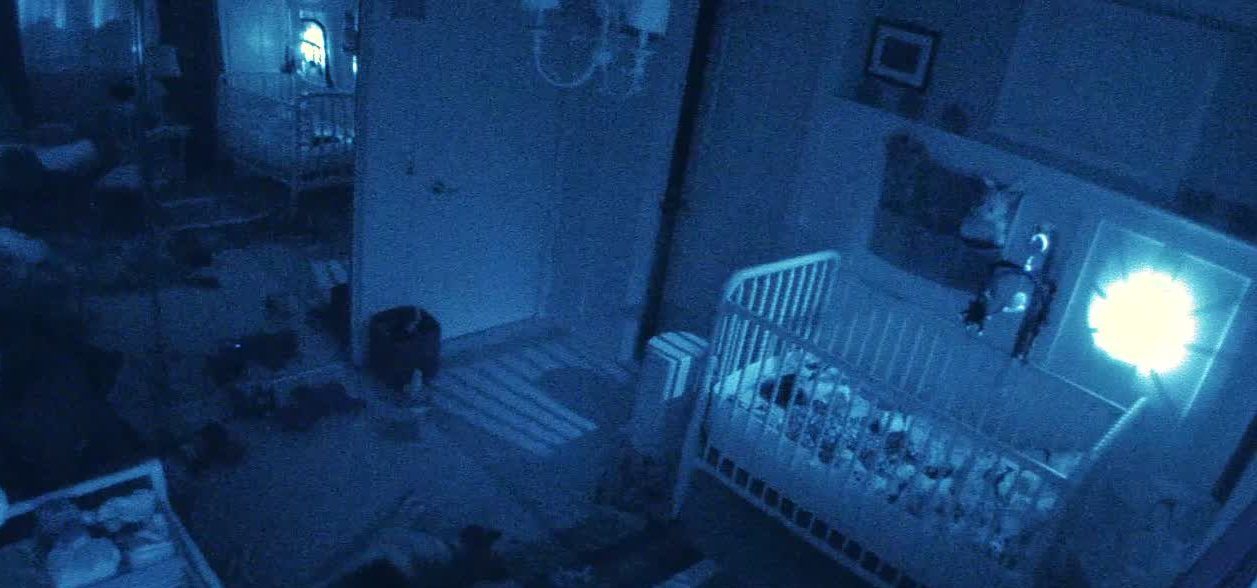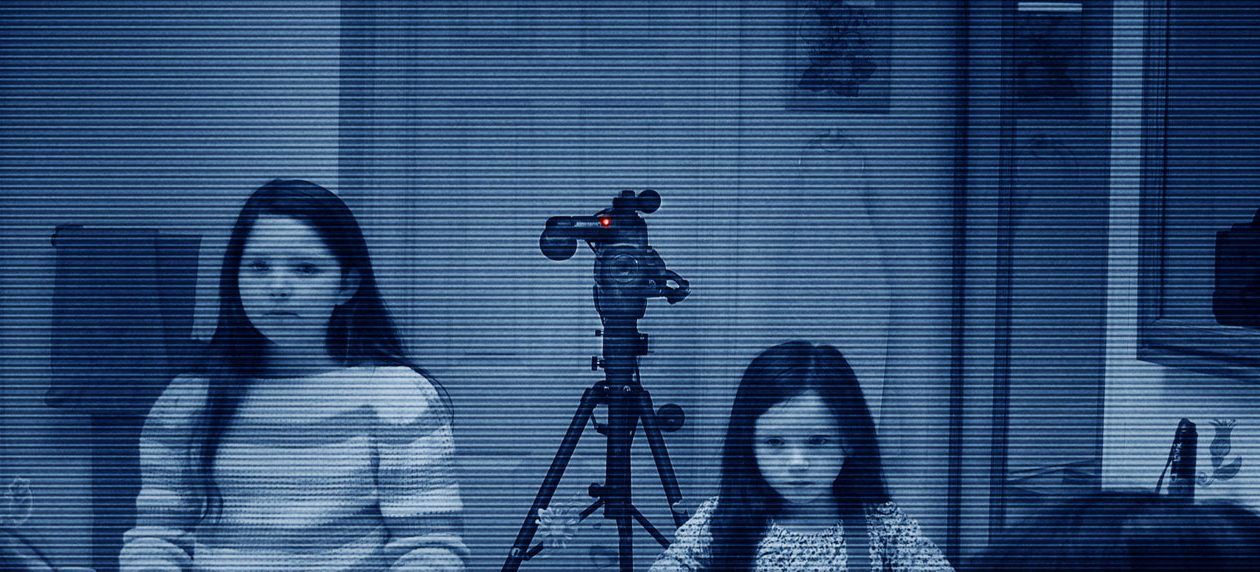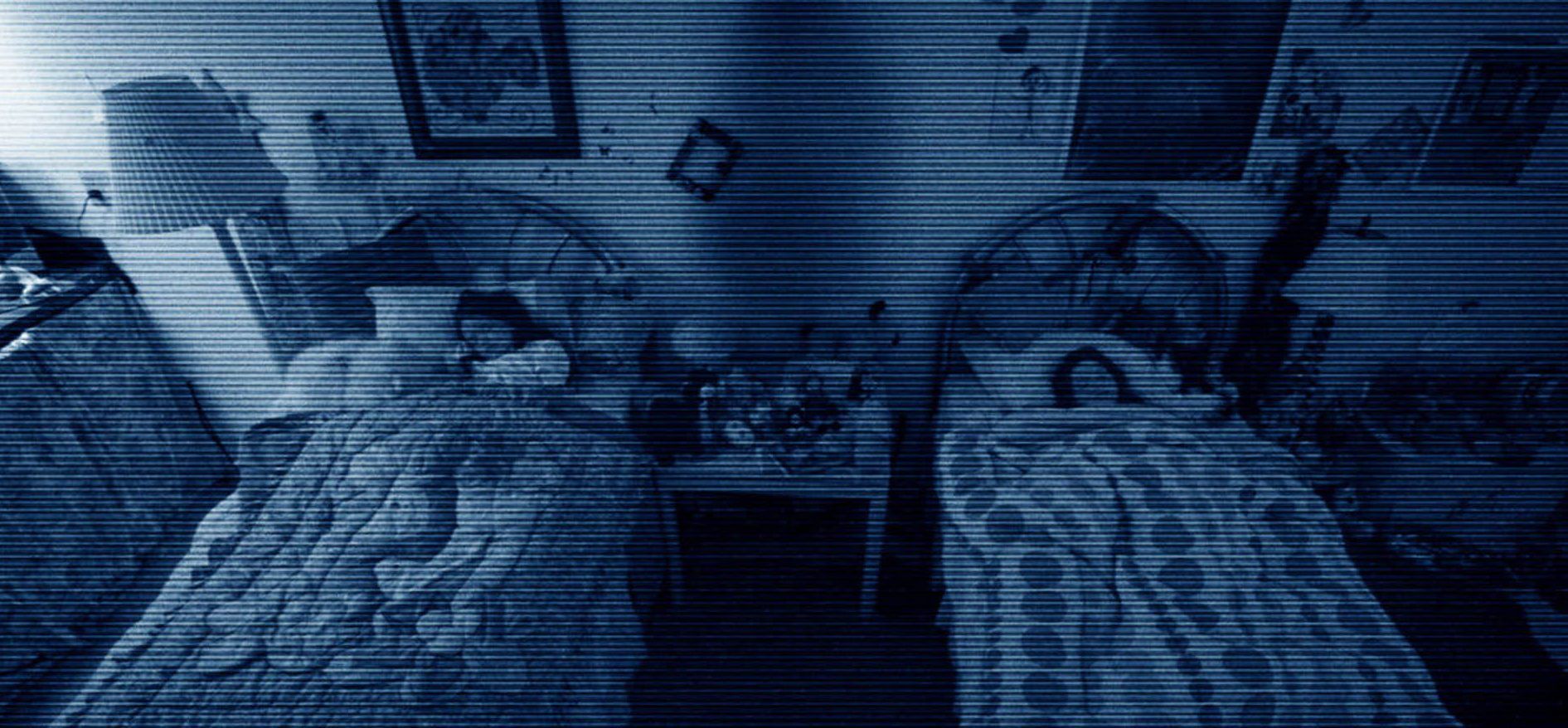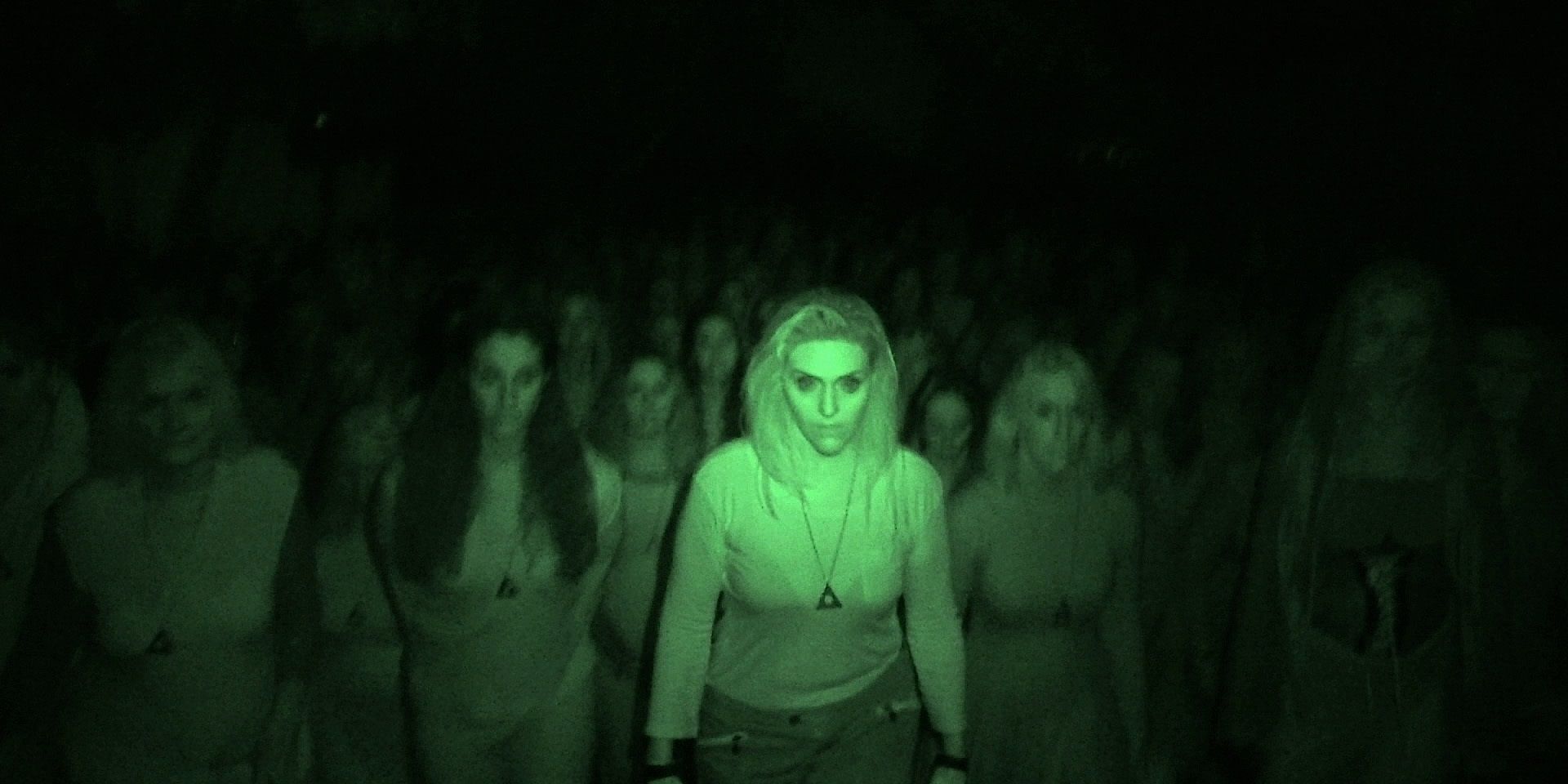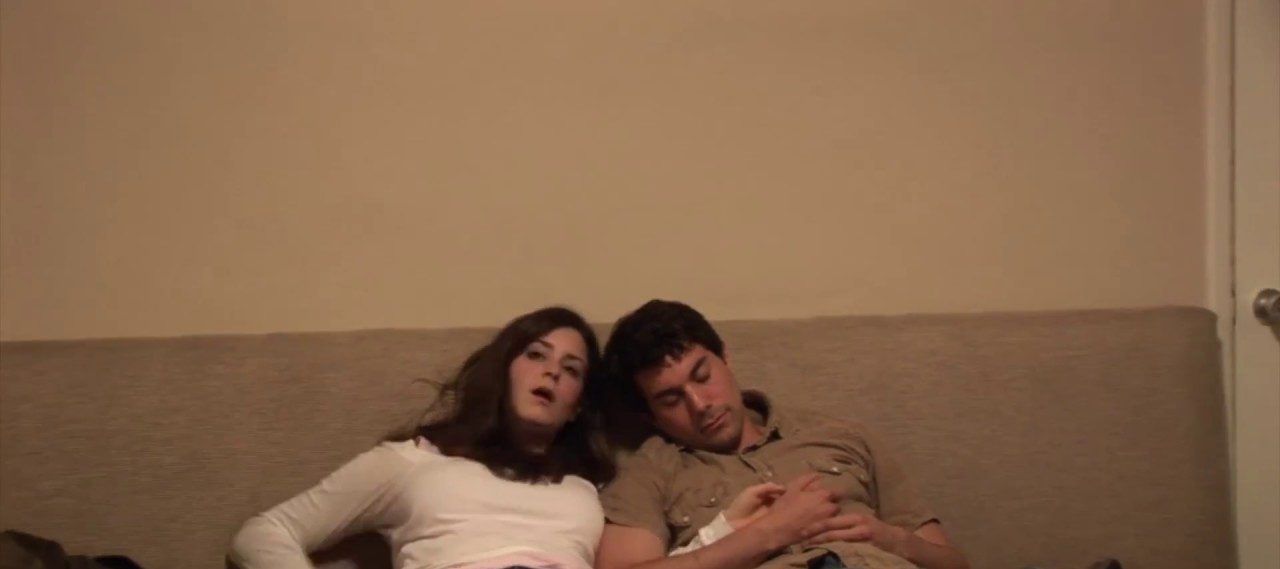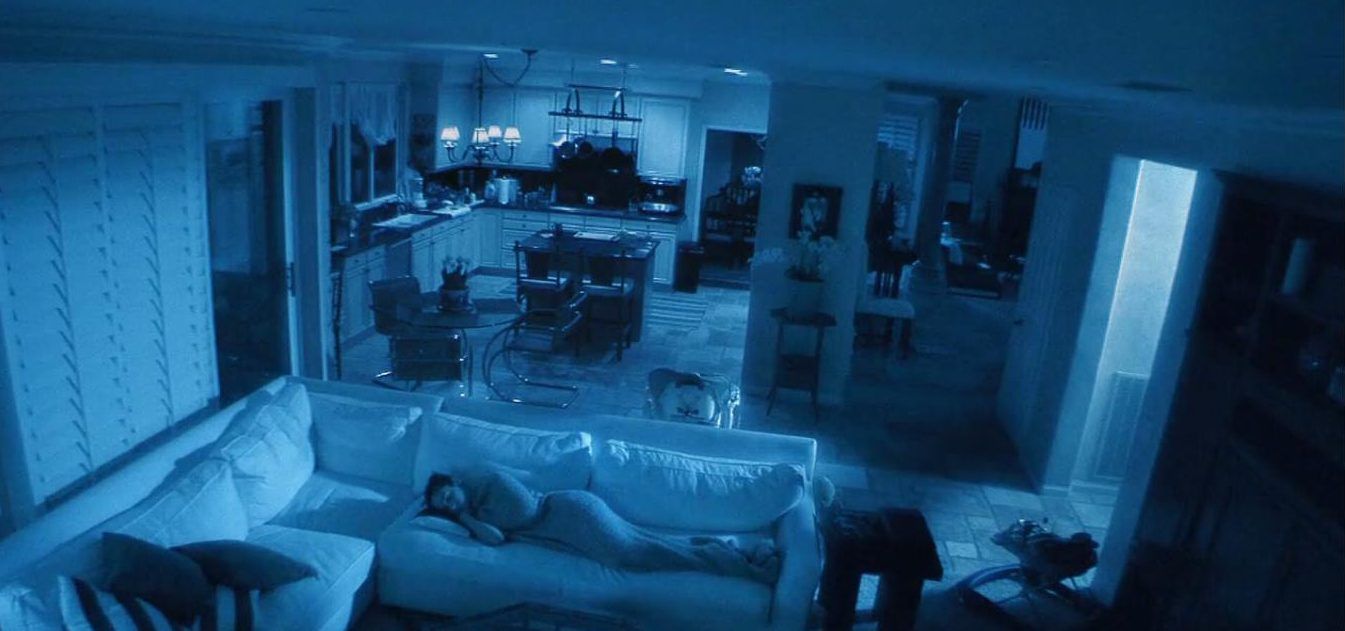It seems as if every decade there’s at least one film that completely revolutionizes the horror genre. These films then begin a chain reaction that influences a bunch of similar format movies for many years to come. We saw it first perhaps with Jaws in the 1970s, which prompted a number of shark-related movies to come out. The slasher genre was the ‘It’ thing in the 1980s with Halloween, Nightmare On Elm Street and Friday the 13th furthering this popularity.
In the late-2000s, we had Paranormal Activity. This film exploded the market with talks of it being perhaps the scariest film to ever have been released. The found footage format had been used with The Blair Witch Project but Paranormal Activity’s humble beginnings made it the talk of the town. It capitalized on efficient marketing – among the first films to truly use social media for promotion – and rumors swirled if it had been a true story. Once the first film took off in popularity, a vast number of sequels were made until the franchise came to an end in 2015.
It had become one of the more annoying franchises as the scares and thrills were mostly gone near its end and the found footage format had been saturated for quite some time. But let’s not forget that the original Paranormal Activity was a thing of originality. Its director, Oren Peli, deserves recognition for his efforts and hard work alone. A lot of work was required to make this film a reality, and the facts behind the development of the film are intriguing bits of trivia.
Here are 25 Wild Details Behind The Making Of Paranormal Activity Movies
The movie was shot in 2006 but didn't come out until 2009
This should have been fairly easy to assume for people who have actually seen Paranormal Activity.
Then again, a lot of movies do have a knack of keeping a setting two years in the future or past for no real reason (looking at you, I am Legend), which is why it may have been an assumption by viewers that the first film was also shot in 2009 – the year it was released worldwide. However, the film retains the 2006 date it was shot in during the film’s events as well.
The Director Used His Own House
No one’s going to be offering you up exquisite locations to shoot your movie, which may or may not end up being one of the most profitable films ever to be released, before it becomes popular.
Likewise, Peli had little options other than using his own house for filming. While shooting was in motion, the action took place in Peli’s humble abode. It may have been motivated due to financial constraints, but the decision ultimately ended up paying off.
The Devil In The Details
Partly why Peli may have been terrified by horror films would be due to the nature of films like Saw or Hostel presenting their material with excessive violence; Peri did not have such intentions.
His vision had always been to keep things subtle. The director forewent on making Paranormal Activity a more up-to-date horror by adding in a lot of awful things, and instead kept it simple by relying on genuine scares in ways that had not been perfected up until that point.
Performances Were Improvised
Films that incorporate the use of improv have proven to be more on the creative side and deliver in bountiful ways. It works in big budget films like Thor: Ragnarok and does wonders in small productions such as Paranormal Activity.
Micah and Katie (the same names as their characters) were told right from the start that there was no real script and they’d have to improvise their performances. It makes sense, too, the film wasn’t conventional in any way and the filming style would’ve hindered a scripted performance.
The Stars were only paid $500 each
When you’re a struggling actor you go for just about any job you can find before that big career-defining role. Similar to this case, Katie and Micah jumped at the chance of a paying acting job – for $500. That’s really not much if you think about it but it was the deal the actors had to take.
According to them, they both found out separately about the job through LACasting. It’s a coincidence the same manner was used by both leads who got the role. Guess it was all meant to be, right?
Micah Sloat's Hidden Talent
All the films incorporate the found-footage style of filming. The later movies simply replicated this successful formula, whose origins were mainly budgetary rather than by design. Micah Sloat did do the camerawork as seen in the film.
He did a pretty good job at it, too, leading to people assuming the camerawork had been done by a trained cameraman. You’d technically be right there, as Micah was a cameraman in college. He did such a professional job at it that Peli had to request him to do shoddy work on purpose.
Filming only took a week to complete
All the big films out there take literal months to complete. If you want the biggest example then look no further than the back-to-back filming of Avengers: Infinity War and Avengers 4.
A small-scale film like Paranormal Activity doesn’t take much time. Filming only took a week to complete. However, Director Peli has described this time as “intense” when looking back, indicating that it wasn’t a walk in the park, either. The week-long shooting was also described as “exhausting”, with the cast and director not having much time free.
The sequel's director was replaced
Not only did the found-footage format capture the attention of the audience, but it also sucked in mainstream directors who by then wanted a piece of the action too. Paranormal Activity 2 initially had a different director than the one who completed the film.
Saw VI director Kevin Greutert had been roped in for the job but was then replaced. The reason: Lionsgate didn’t want him working for the competition and took advantage of a contractual clause that forced Kevin to return and film Saw 3D.
Sequels were planned before the first movie was released
Every studio ends up getting greedy; it’s just an instinctive reaction to all the cash raked from a successful franchise. Paranormal Activity was set to follow down this path too, at least in the original plan.
Oren Peli and the studio confessed their hopes of churning out a lot more sequels than the ones we got before bringing the series to a close. Their reasoning was that there were still important stories to uncover before reaching the endpoint. Thankfully, it was all over by 2015.
The Script was written after filming
Although Paranormal Activity revitalized – and in many ways popularized – the found footage format of filmmaking, it wasn’t the first film to make use of this formula. The improvisational format was first used in The Blair Witch Project, which was an inspiration for Oren Peli.
This format was adhered to by the director for Paranormal Activity. It is known as the “Retroscripting” process where the improvisation is seen as the script once the scene that is filmed is completed. The actors’ ad-libbed lines end up being part of the script.
Multiple Endings Shot
Everyone who had viewed Paranormal Activity in cinemas were left scratching their heads as conflicting endings were reported in different parts of the world. This was due to there actually being separate endings for the same film. These were distributed differing from one region to another, thereby bringing forward the confusion over the true ending.
As it happened, there were even more endings shot by the director that didn’t end up being released at all in cinemas. Some of these are now available on the internet.
Sundance Rejected It
Sundance film festival is seen as the ultimate opportunity for budding filmmakers to get their product displayed. It is one of the leading film festivals in the world and you can’t blame a new director to want to screen their film in the best place possible.
This is what Oren Peli wanted for Paranormal Activity too in a bid to replicate the effort made by The Blair Witch Project. However, that never came to pass and Sundance passed on the film. It worked out in the end as here we are discussing Paranormal Activity’s success.
Audiences Walked Out
Way back almost fifty years, films like The Exorcist prompted terrified viewers to escape their theaters when the content got too much for them to digest. However, in recent times, with the number of horror films in the market, people had braver personalities.
This bravery was thrown out the window in Paranormal Activity screenings where audiences walked out before the film ended. The developers thought walking out meant people hated it; however, it turned out these people were way too scared to remain in their seats.
It made money before it hit theaters
Olen Peri didn’t need to beat himself up over the possibility of Paranormal Activity failing at the box office, not when the film had already snagged a nice, hefty price for itself from Paramount Pictures (back when DreamWorks was under Paramount).
How much was paid you ask? That would be a cool $350,000 for the rights of the film. This showed the appeal of the film’s concept in the eyes of the studio, although their real intention with it wasn’t the product we saw on our screens (more on this later in the list).
Original Ending Was Scrapped
When Paramount purchased rights for the film it naturally became their property. The studio, though, didn’t feel too crazy about the endings Peli had planned for the movie and requested new endings to be shot.
The original ending for the film was scrapped altogether in this process and the multiple endings gave the studio and story process more options for future sequels; although at the time this wasn’t considered as a real possibility. Even after filming these scenes the film wasn’t given the go-ahead for wide release.
The Director Was Scared Of Horror Films
You may be familiar with Batman donning the cowl despite harboring a deep-seated fear of bats, and similarly, the director of Paranormal Activity also has a fear of horror films. The director did not have the best of experiences when viewing classic horror flicks like The Exorcist in his youth and this carried over to adulthood.
However, he persevered through it. Peli’s intention on bringing a unique filmmaking experience meant the director looked past his fear to make Paranormal Activity possible.
The Film's Approval
They say you learn from your mistakes and this was certainly the case when it came to Paranormal Activity. A decade before the film was set for distribution, a producer known as Jason Blum had passed over The Blair Witch Project, and wasn’t too keen on repeating the same mistake. Blum also worked on Insidious, Sinister, and The Purge.
Blum ended up being the focal point in getting the film made. He would send copies of the film to Steven Spielberg, who was impressed enough by the film to give it his endorsement – this was what ultimately drove the film to notoriety.
The Ending Was Planned Much Earlier
Paranormal Activity films overstayed their welcome by a good number of years before they ultimately came to an end with The Ghost Dimension; before this, though, the plan had been to carry on the franchise for longer, as previously mentioned.
But Oren Peli claims he had never planned on keeping the series far past its expiration date. According to Peli, he had outlined an end of the series way before the ending point had come close. The mythology of the films had always had a set end in mind.
The Lead Roles Were Up For Grabs
It’s a surprise to know that the film, while seeming nothing like an actual production, had quite a level of interest. You’d think the director would have struggled to find people to perform an improvised role that was filmed with a normal camera, but that’s not the case.
There were a “few hundred” people who auditioned. Peli had to screen through these people to settle on his preferred couple. For Peli, the most important aspect of casting his lead actors was getting the chemistry right between the pair.
The tiny Budget
Paranormal Activity is said to be positioned first in films ever released with the highest Return on Income. It’s no joke, as the movie hardly had any costs to make. With a handful of actors, a limited setting, and the director doing most of the work, all costs for production racked up to be $15,000.
This is extremely low for any film to be made on and with Paranormal Activity having a return of over $193 million, it’s easy to see why it might be the most profitable film ever made.

